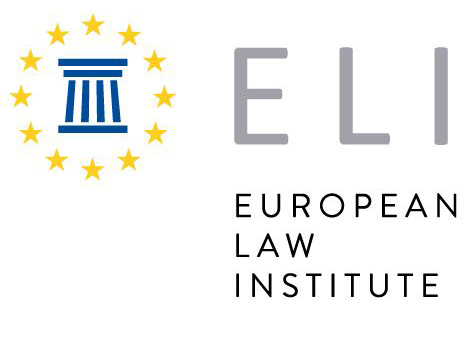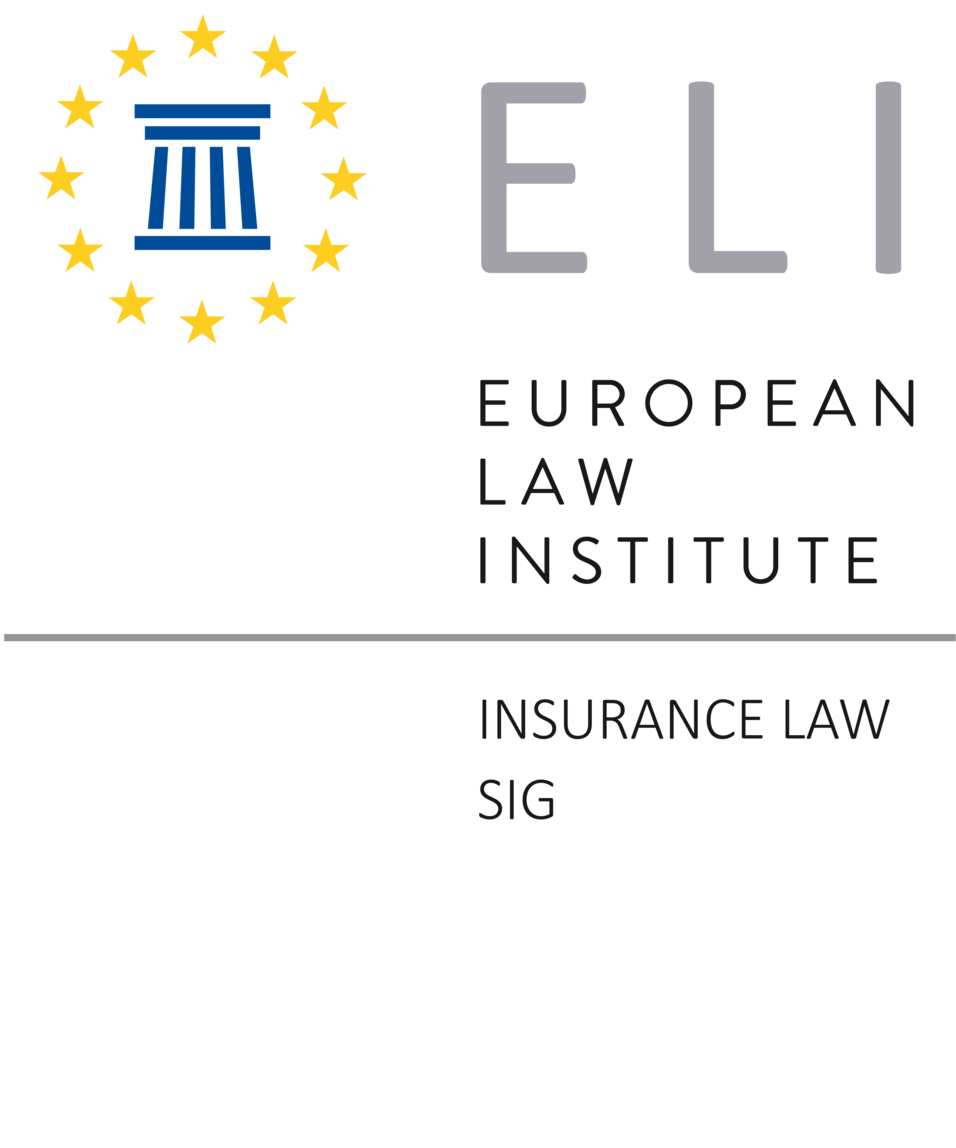Dirk Staudenmayer (Professor; Head of Unit, European Commission) presented the EU's goal to harvest the economic and societal advantages that lie in the AI technology. He then addressed the need of adapting the current liability law systems to the challenges that AI technology holds. The Commission examines how the three pillars of liability law within the EU are to be modified in order to become fit for dealing with the new technology‘s challenges.
In her intervention, Diana Cerini (Professor, Università degli Studi di Milano-Bicocca) welcomed the EU Commission’s plans to adapt the liability law systems in place to the challenges of the AI technology. In her comment, she urged the Commission to increasingly consider the value and function of insurance when doing so.
Mark Geistfeld (Professor, New York University) then presented the current US tort law systems as well as their insurance implications in the context of car accidents. He explained that neither the US States nor the federal legislator will likely undertake important modifications to this system to cope with challenges linked to autonomous vehicles. Yet, he spoke about the possibility that federal legislation will be enacted and that may set minimum performance standards for autonomous vehicles. He elaborated that it was further possible that software manufacturers will be exempted from tort claims if they meet those minimum performance standards. This remains speculation, however, as the pertinent legislation has not yet been enacted.
The lecture was concluded by John Pruitt (Partner at Eversheds Sutherland (US) LLP) who offered the perspective of an US attorney and mentioned a number of legal issues his clients have or may have in the future regarding automated driver assistance systems and fully autonomous vehicles.
The recording of the third lecture is available below.

